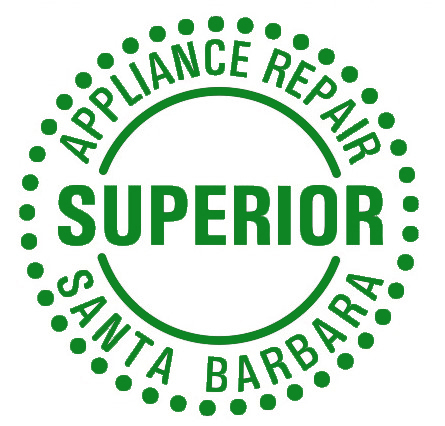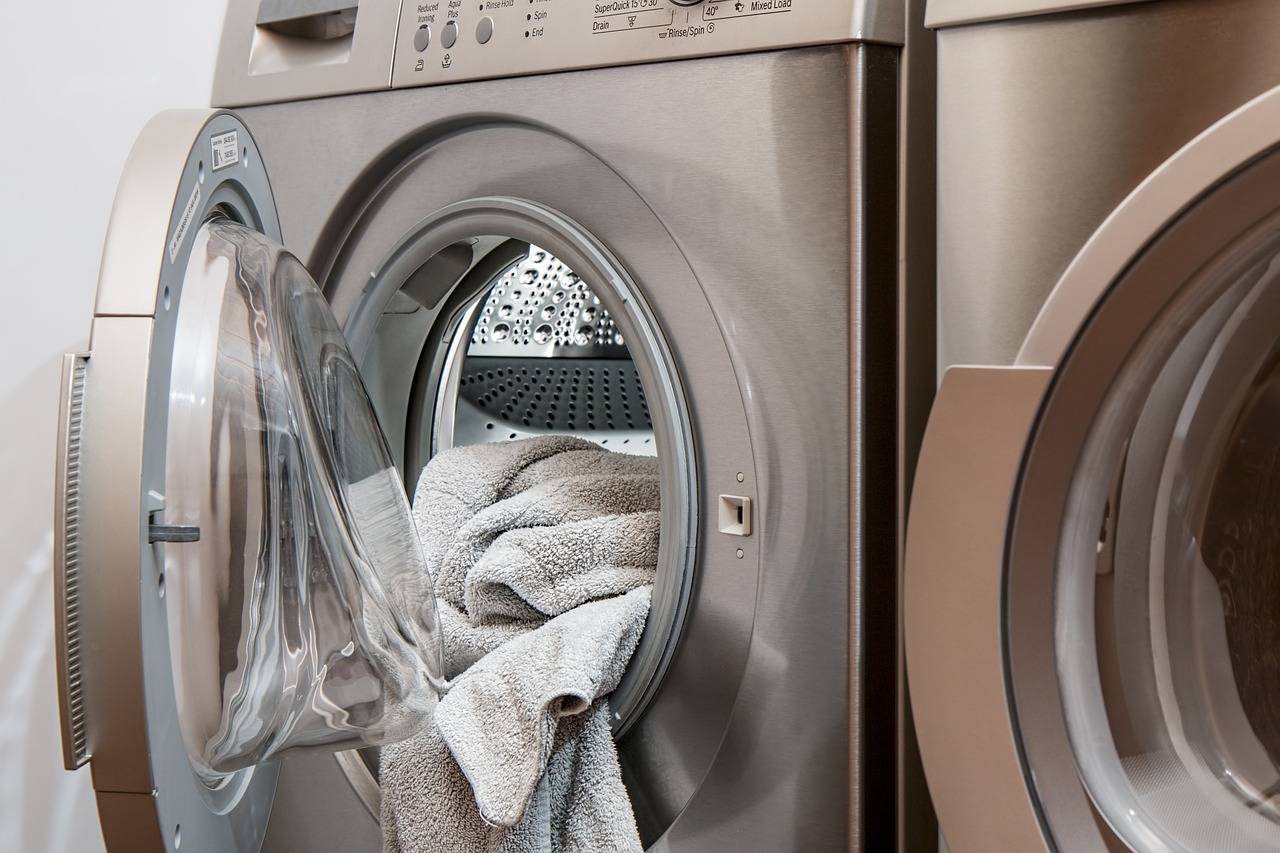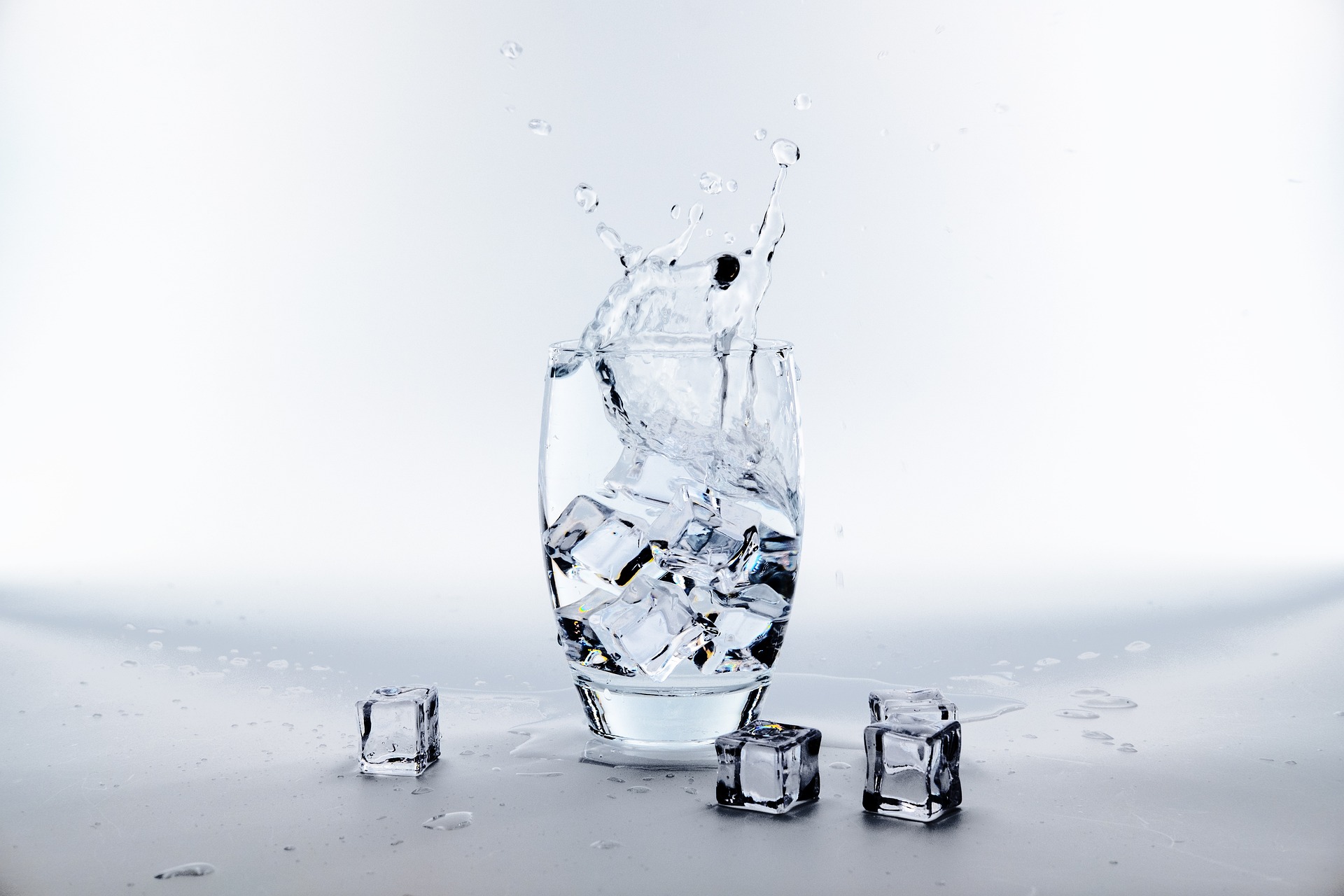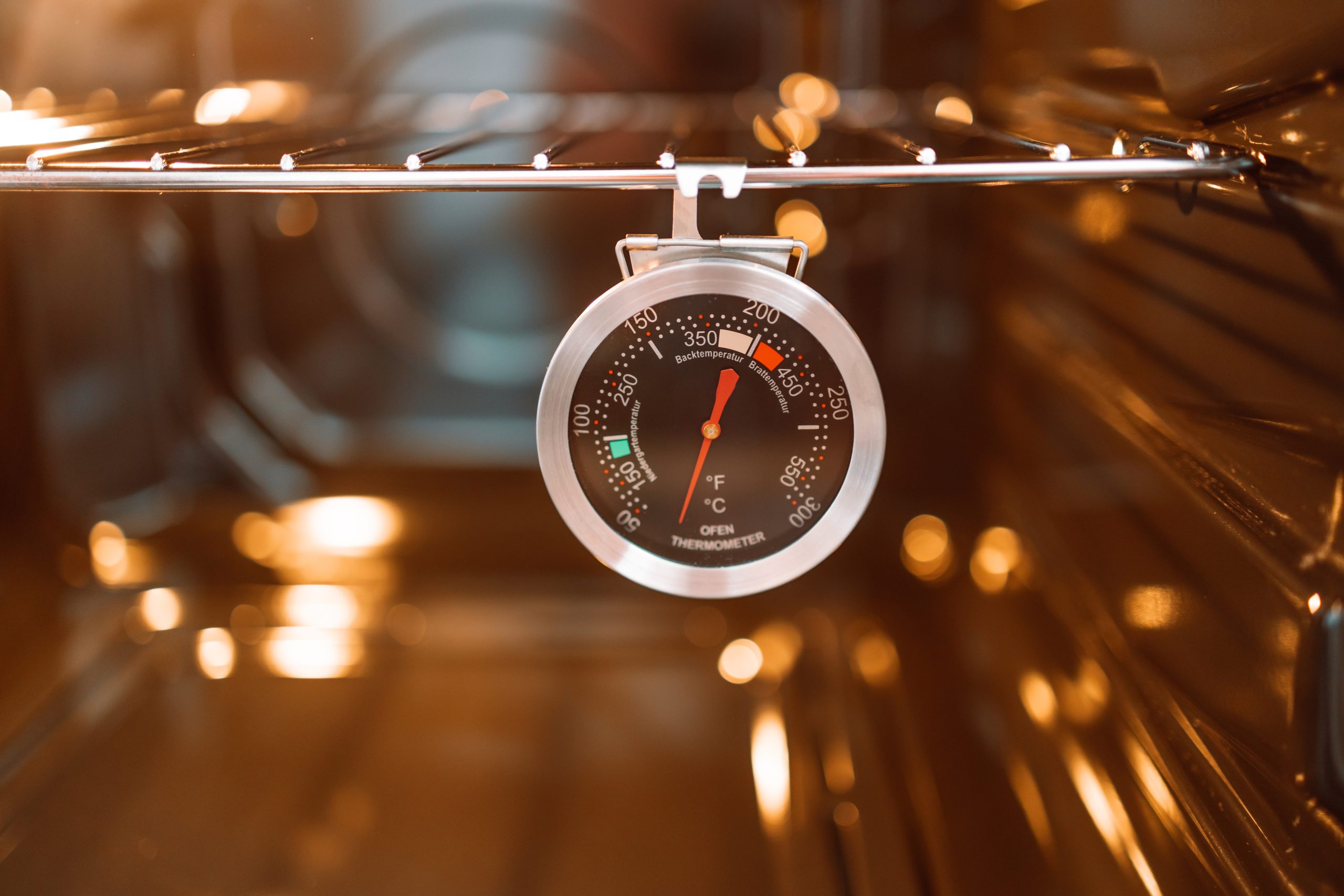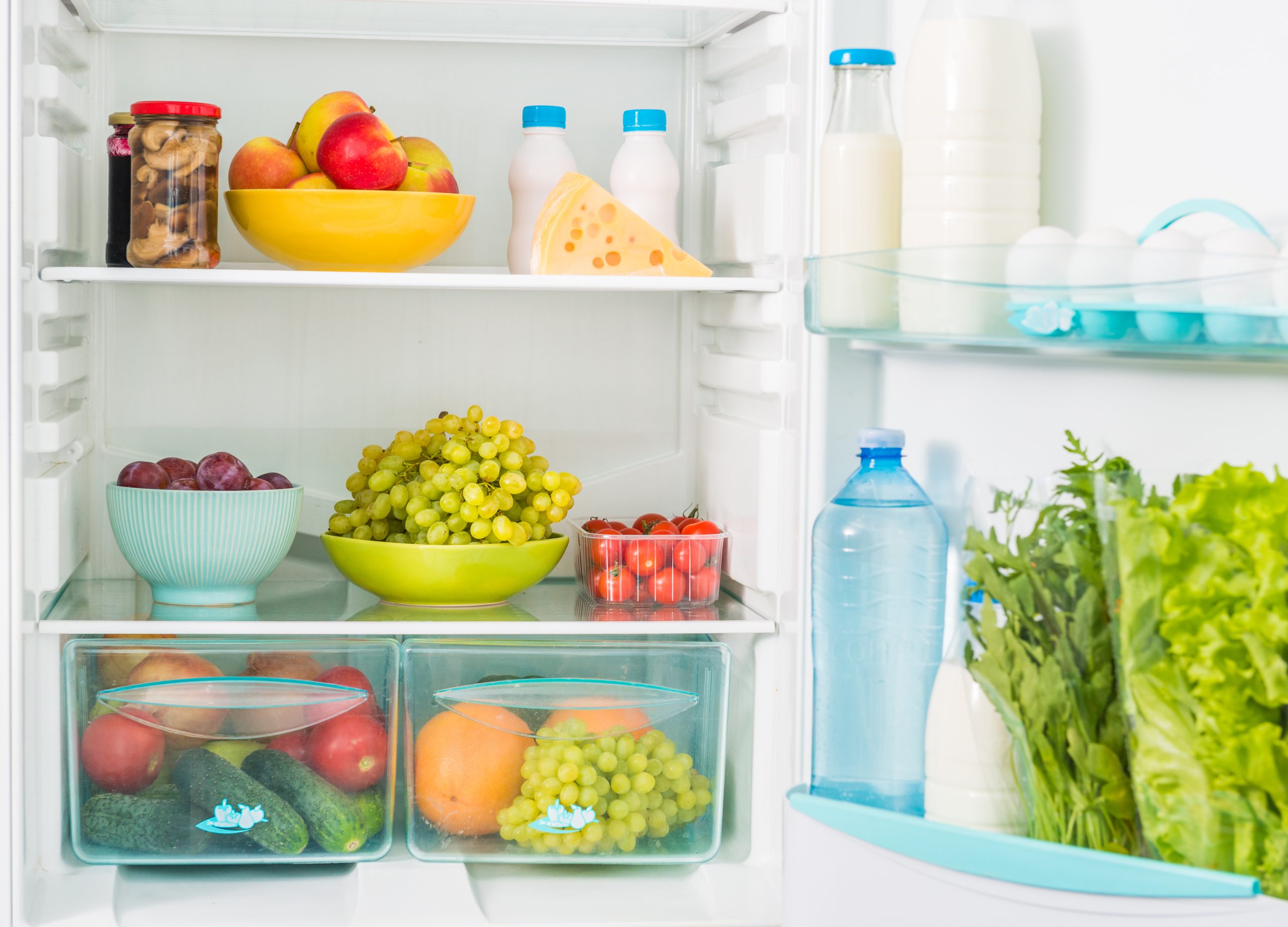We’ve all been there. The dryer buzzer goes off, you open the door to fold your laundry—but your clothing is still wet. Winter is the most common time for dryer problems, and winter is coming. Regardless of what time of year it is, here are the top reasons why your dryer won’t dry.
#1 It’s Overloaded
It’s important to understand your dryer’s load capacity. If you put too many items inside, you won’t have the airflow required for a timely or energy-efficient dry. You will also have to dry large and bulky items, such as comforters, pillows, or blankets one or two at a time. If you are washing a weighted blanket, ensure it is dryer safe. It may be too heavy to place in the dryer or it may require professional laundering.
For standard loads of laundry, check your owner’s manual to determine your load capacity. From a visual perspective, you should never fill your dryer more than 50%. This isn’t just because your clothing won’t dry, but because overloading your dryer can prematurely burn out the motor.
#2 Duct or External Vent Clog
If your clothing is hot but not dry, or takes longer to dry than usual—a blocked air vent may be the culprit. The clog may be creating trapped steam in your dryer that makes it hot, but keeps your laundry wet. Your dryer needs a steady stream of airflow to dry properly, so check your duct and external vent. In addition to the fact that your dryer won’t dry, a blocked duct is a fire hazard.
#3 Clean the Lint Trap
You’ve heard this before, but you really need to clean the lint trap after every load. Lint build-up also hinders airflow in the dryer. So, make it a habit to clean the lint trap after every load, and to double-check that it’s clean before starting a new load. For loads that are likely to fill the lint trap quickly, like your pet’s blanket or bed, consider cleaning the trap mid-cycle.
#4 Check the Settings
Sometimes the solution to your wet laundry is as simple as the setting. Check to see if it is set to fluff, air dry, low, or gentle setting. Or maybe the timer wasn’t set for long enough. If your dryer has an automatic setting, keep things simple by using it all the time. This may be the easiest option if family members with less attention to detail use the dryer too.
#5 Heat Source
If your dryer won’t dry, but it is still spinning, it could be an issue with the thermal heat or heating element. Turn your dryer on for another minute or two, then stop the dryer. After the tumbler stops, place your hand inside. If you don’t feel warmth, your heat source is likely the culprit.
If you have a gas dryer, check to ensure that the valve is open and that there isn’t a kink in the hose. If that doesn’t resolve your issue, you’ll have to hire a technician.
#6 Your Washer is Broken
It’s not the first thing to come to mind, but if your washing machine isn’t spinning properly—it could be why your clothing is taking longer to dry. This could also be due to overloading your washing machine, but there could be another problem with your washer. So, pay attention to whether your laundry is heavier or wetter when you place it into the dryer. Also, never place clothing that is dripping wet into the dryer.
Dryers aren’t designed for that much weight, which can wear out the bearings and overwork the motor. The water can also leave your machine smelling musty.
#7 Replace the Thermal Fuse
Every dryer has a thermal fuse. This is a safety component that prevents the dryer from overheating. When blown, the thermal fuse will keep some components, your dryer won’t dry like it is supposed to. Thankfully, this is a fast and easy fix for a skilled technician.
#8 Replace the Motor
The dryer motor turns the blower wheel and spins the drum to ensure the air flows through the dryer. When your motor is on its last legs, your clothing will get hot—but it won’t get dry. Motors can cost $200+. So, if the motor is the culprit, it’s time to weigh the pros and cons of purchasing a new dryer. If your dryer is close to or more than 10 years old, it’s likely time for an upgrade. Your service technician will advise you on your best options.
#9 New Control Board
The control board is where you change settings in your dryers, such as temperature level, time, and buttons to get things rolling. If your machine’s panel malfunctions, it won’t work as expected. Sometimes, there is a single component that needs to be replaced. If the entire panel needs to be replaced, you may also want to consider upgrading your dryer.
#10 Replace Your Dryer
The average lifespan of a dryer is 10 to 13 years. So, if the repair cost is expensive and your dryer is near the end of its lifecycle, it may be time for an upgrade. While the upfront cost may be more, a repair may only be a short-term solution. Also, with the new features and functions that have evolved over the last decade or so—an upgrade will provide you with a better way to dry, clean, and manage your laundry.
Not Sure Why Your Dryer Won’t Dry?
Superior Appliance Repair of Santa Barbara understands the inconvenience of being without your dryer. We are available for same-day, last-minute, and emergency repairs. Our service vehicles and local shop are stocked with the most common parts required to perform a quality repair. Call, text, or email us now to schedule your appliance repairs.
